Day two in Big Bend National Park: The stars were still visible in the dark sky as we mounted our bikes and rode toward the east end of the park, but the faint light outlining the tops of the Chisos Mountains on the eastern horizon promised a glorious sunrise. It was a fifty-mile ride that would take an hour and ten minutes provided we remained at or below the park’s maximum speed limit of 45 mph.
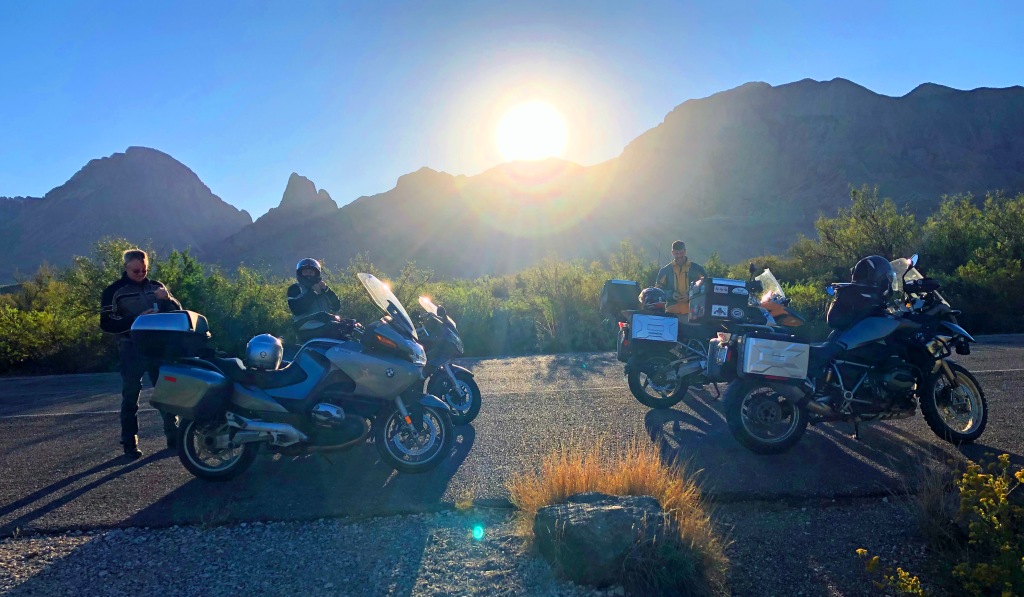
The last half-mile was downhill on a narrow gravel path that ended in a small, sloping parking lot. This was the end of the road and the front of the Boquillas Crossing Port of Entry into Mexico.
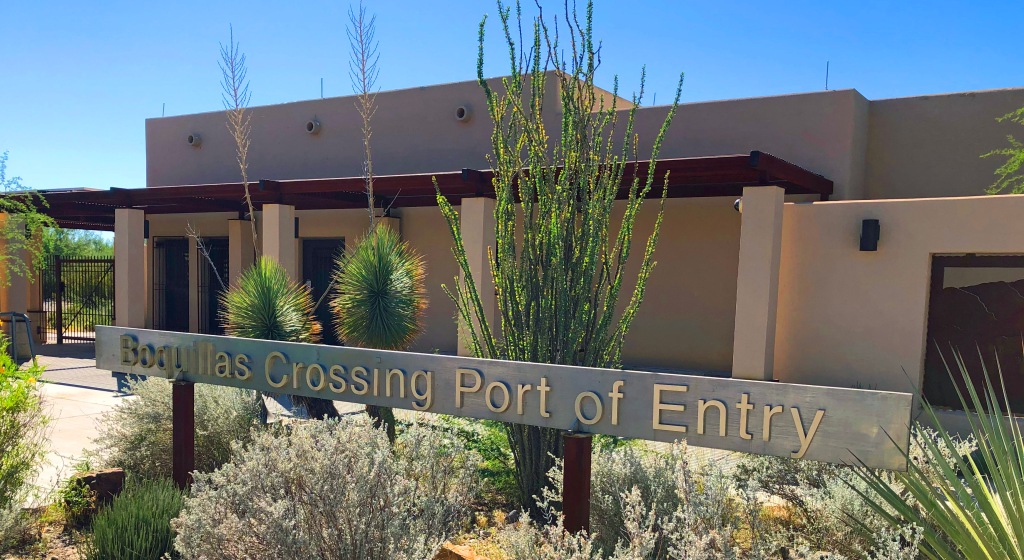
Marc did the pre-trip research on Big Bend. He told us a tale about how we would go through customs, cross the Rio Grande into Mexico, and be transported into the Mexican village of Boquillas in a most unusual way. We took his word for it and looked forward to this “across-the-border” adventure.
Boquillas is a village in northern Mexico on the banks of the Rio Grande. It lies at the south-west end of the Rio Grande’s Boquillas Canyon. Boquillas was founded as a mining town in the late 19th century after silver, lead, and zinc were discovered in the nearby mountains. When the mines were abandoned around 1920, the population collapsed but since has fluctuated between 100 and 200 residents. Tourism from across the Rio Grande is now the main income-generating trade. Big Bend tourists visit the village’s souvenir shops, bars, restaurants, and taco stands.

The lone customs officer, a well mannered, patient fellow, warned us about bringing contraband back across the river: “No rocks, plant material, or animal materials are allowed. Souvenir vendors will try to sell you all kinds of stuff. I recommend confining your purchases, if any, to beadworks and clothing items, which are most popular. Now, exit this door, walk down the path to the river, and either wade across or take the rowboat” Hey! That was by far the most unusual set of instructions I have ever received at a border crossing.
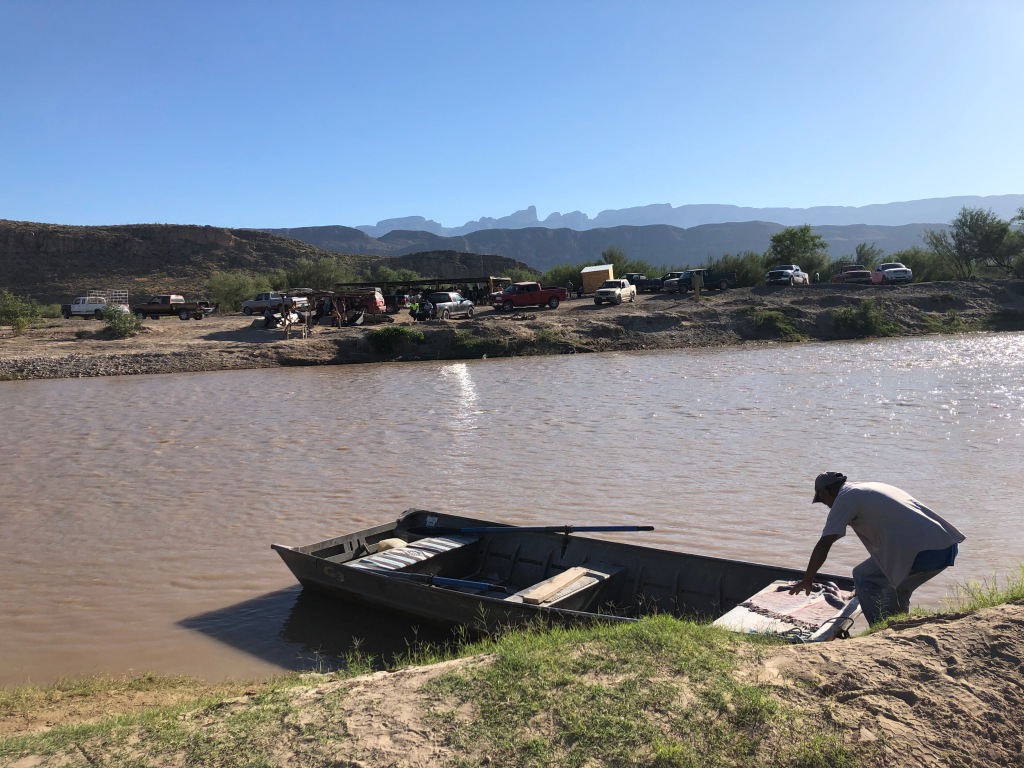
We heard that the Rio Grande was running about “belly button deep” and was flowing at a pace that could sweep you off your feet. The rowboat was clearly the way to go. No sense in challenging the river’s flow. Furthermore, five bucks for a round trip didn’t seem too outrageous. The village was about a mile from the crossing, which would have been a fairly easy stroll. But this was our “once in a lifetime” opportunity to ride a donkey in Mexico.

“There’s no way you are going to photograph me on the back of a donkey!” Gary proclaimed. Gary is a horseman with a half dozen at home so we thought he was being a bit of a horse snob. “Fine by us,” Marc said. “But you will need to pay $8 for the horse round trip instead of $5 for the donkey.” “Money well spent,” Gary replied.
At that point, Don was already on the back of Omar, speaking to him, trying to be his friend. It was a bumpy ride. Don, Marc, and I had no control over our fine steeds. They had made the trip from the river to the village hundreds of times and did it at their own pace in their own familiar way. None the less, Don tried to prompt Omar to lead the pack, but El Blanco was having none of it.
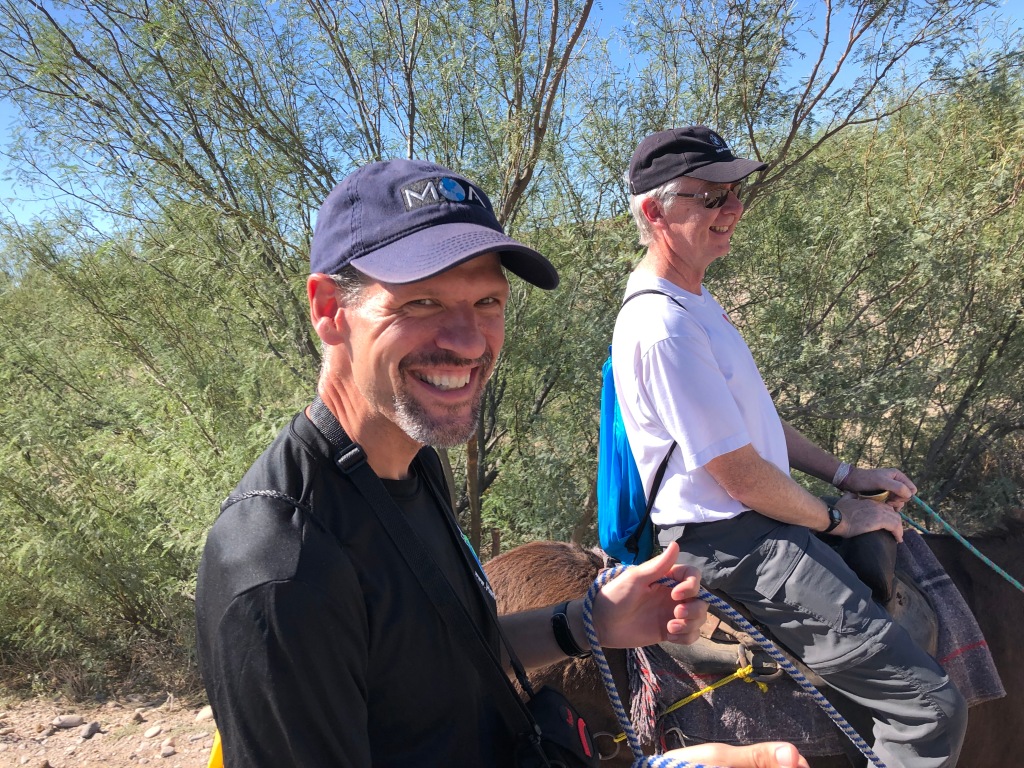
After we tied the animals in a stable at the edge of the village there were already cute, 6 to 10-year-old children beckoning us to purchase souvenirs. The little girls with sweet smiles were most effective; I couldn’t resist little Maria del Carmen; she sold me several pieces of her art.


Jose Falcon’s Restaurant is one of two in the village and the most famous among American tourists. It opened in 1973 and is run by the wife and daughter of Jose who passed away in 2000. Falcons has a great view from a breezy patio and has a well-stocked gift shop. We had a cold Carta Blanca beer or iced tea and a nice lunch of tacos, cheese enchiladas, and burritos.
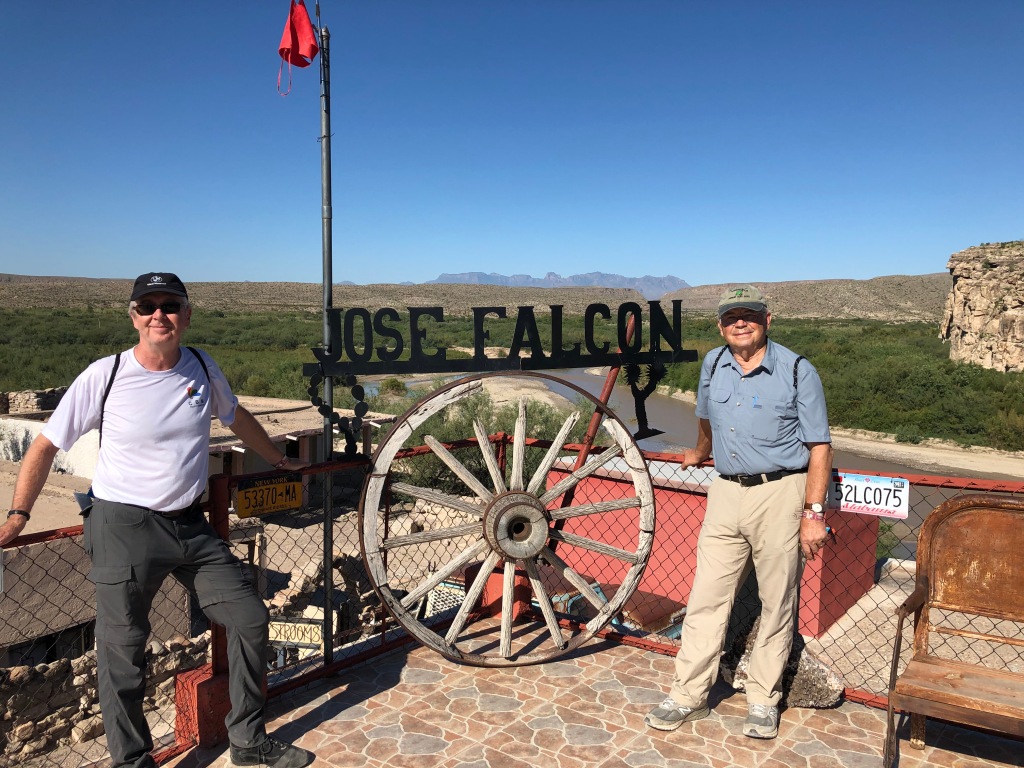
After our return donkey ride, boat ride, and re-entry via customs (you do need a passport or card) into the USA, we hiked a trail to the Boquillas Canyon Overlook and beyond. Boquillas Canyon is the longest and deepest canyon in Big Bend. The greatest vertical relief to river level is over 7,000 feet, somewhat deeper than the Grand Canyon of the Colorado River. From the parking lot, a 1.4-mile round trip hike took us to the edge of the river and to the spectacular entrance to the canyon with its sheer walls on either side. From this entrance, the canyon runs 33 miles and is reportedly a true wilderness trip. For my next visit to Big Bend, I will leave my motorcycle behind and bring my canoe.
Marc was right, so much to do in Big Bend and so little time! We were happy to have another day to explore the park.
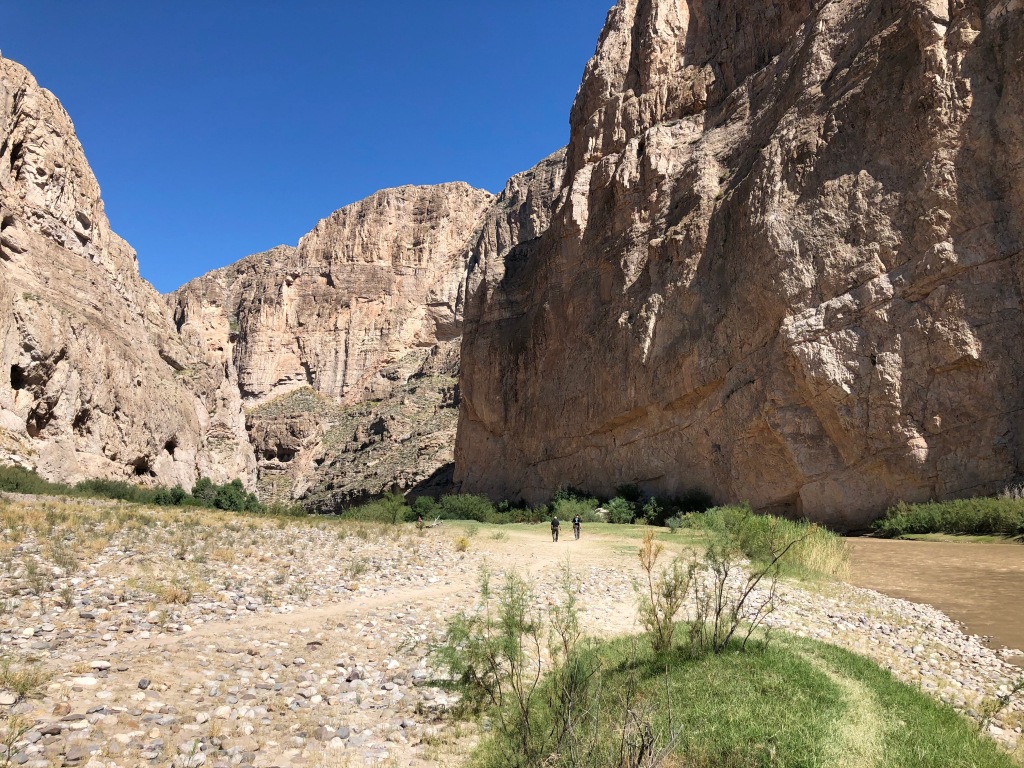
For more motorcycling adventure stories go HERE.

👍. Loved the crossing.
Sent from my iPhone
>
LikeLike
Wow, I want to go!Sent from my Verizon, Samsung Galaxy smartphone
LikeLike
Thanks, Jim! I always enjoy your blog
LikeLike
Another cool trip! I’ve heard several times that Big Bend is worth the trip to get there. Neat border crossing.
LikeLike